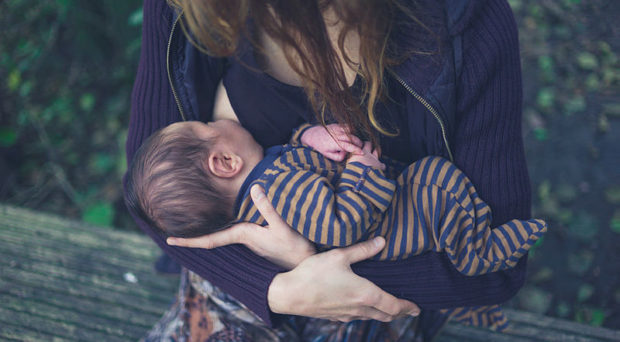
What is your background and how did you get involved in the field of breastfeeding?
I have a background in media and communications, with an interest in feminist theory. I’ve been particularly interested in representations of breastfeeding in western culture, and how this has changed throughout the period of breastfeeding advocacy ongoing since the 1980s.
It is vital not only for breastfeeding rates but for the mental health and wellbeing of families that motherhood is not the equivalent of a sentence in solitary confinement.
What was the inspiration for the Breastfeeding in Public series- how did it start off?
I have felt for some time that the challenges mothers face when breastfeeding in public are one of the main causes for stopping breastfeeding early, and this has been verified in empirical research. At the same time as raising awareness that breastfeeding is a woman’s right and that this right is protected by the law in many states and countries, I also feel it’s important to think about what we mean by breastfeeding in public? What is “public”, and how do mothers navigate “public” while mothering?
Petra, Sally and I were particularly interested in collecting research that explores some of these questions, in addition to the more customary research looking at problems women face when breastfeeding at work. How do mothers inhabit the less structured and, in some ways, more inhibiting spaces that are inflected by social contexts?
Why do you think that this topic is so important?
Until women feel at home in the world and feel that their babies and children can also be at home in the world, and feel safe to not only conduct their motherwork but to exist as full citizens without harassment or surveillance, it is impossible to say that we have achieved freedom and equality.
What are the main obstacles that stand between women and their ability to breastfeed in public?
Better structural support from governments for women as mothers in particular, and for families in general is still needed. This includes adequate maternity leave and affordable childcare. The development of public spaces that welcome women and young children, as well as comfortable areas within private facilities that welcome breastfeeding mothers, is also critical. It is vital not only for breastfeeding rates but for the mental health and wellbeing of families that motherhood is not the equivalent of a sentence in solitary confinement.
Additionally, public awareness of the needs of breastfeeding mothers could be raised, although there have been some worthwhile improvements here. I am cautiously optimistic that as succeeding generations of young mothers breastfeed their children more openly, it will gradually become more commonplace and accepted. Although we have advanced a long way since the 1980s, it’s important not to be complacent as views can become more conservative again if people are not reminded of the value, importance and pleasures of childrearing as an embodied practice.
The “Breastfeeding in Public” series will be available in the International Breastfeeding Journal from June 2019.
Dr Fiona Giles is a senior lecturer in the Department of Media and Communications at the University of Sydney. She is well known for her scholarship on breastfeeding, exploring the role of pleasure and maternal sexuality in relation to advocacy, and for her book Fresh Milk: The Secret Life of Breasts (2003).

Comments